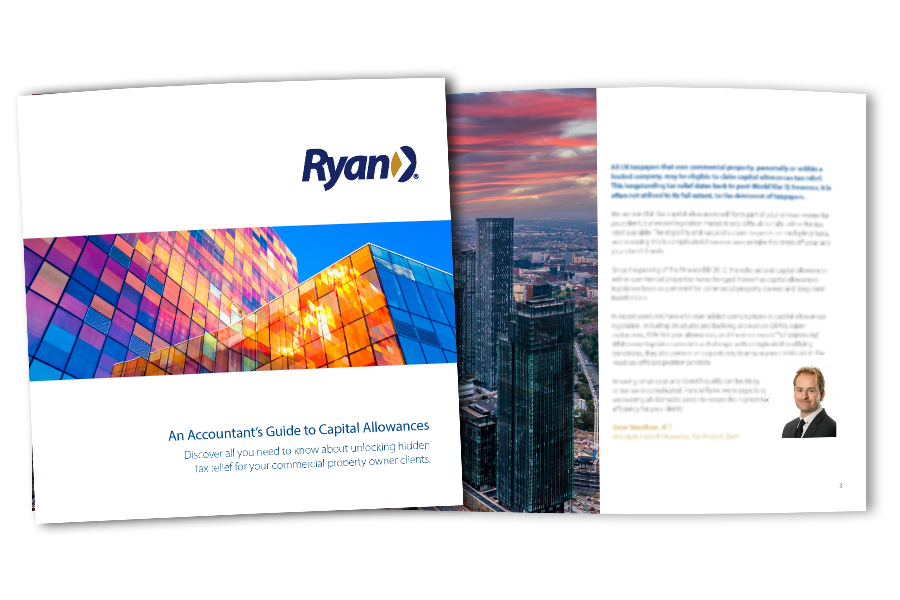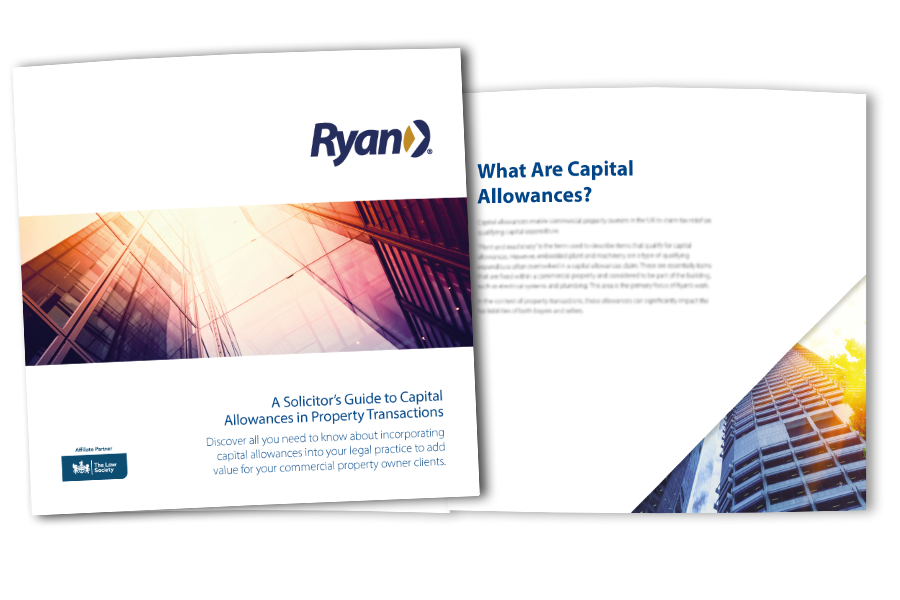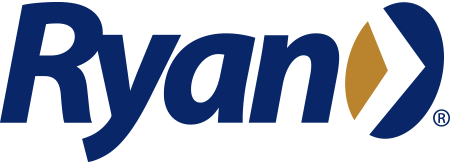Capital Allowances
What Are Capital Allowances?
Capital allowances are a form of tax relief that commercial property owners/occupiers can claim on certain types of assets they purchase and use for their commercial business. These assets can include equipment, machinery, vehicles, fixtures, and even certain renovation, refurbishment, or build costs. By claiming capital allowances, you can deduct all or a portion of the asset’s value from your taxable profits, reducing your tax liability and increasing your bottom line.
How Do Capital Allowances Work?
If you’re a company, individual, or partnership that is operating a qualifying commercial activity and has invested capital in buying, building, fitting out, and/or improving commercial property, you’re eligible to claim capital allowances on fixtures contained in the property.
When Can Capital Allowances Be Claimed?
There’s no time limit on claiming capital allowances if the asset is still owned and used within the qualifying commercial activity. Capital allowances are not given automatically; they must be claimed in a tax return.
It is important to review historical expenditures, as capital allowances can often be missed. A specialist can help identify and maximise potential savings.
How Do Capital Allowances Work During the Sale of a Commercial Property?
When acquiring a property, you should consider capital allowances in the early stages of the acquisition to maximise the tax savings potential. During the sale of a commercial property, capital allowances must be considered well before the sale and purchase contract is exchanged and agreed. This is following the changes in fixtures legislation in April 2014 and the introduction of the Pooling Requirement. If the issue of capital allowances is not addressed as part of the sale negotiation of a second-hand commercial property, the ability to take advantage of any unused allowances is in danger of being lost.
There is a two-year deadline from the date of completion to supply an HM Revenue and Customs (HMRC) officer with a completed Section 198 Election to either pass capital allowances to the new owner or for the existing owner to retain the benefit of them. Although this two-year window is useful to ensure capital allowances do not delay completion of the purchase, without the correct treatment in the contract, it can be difficult to settle the subject of capital allowances post-completion.
It is worth noting that there will also be some instances where the two-year window will not apply. Engaging with a specialist like Ryan is the key to helping your business navigate the legislation, effectively optimising the capital allowances position.
The benefit of making a capital allowances claim is a resulting cash rebate, a reduction in future tax liabilities, or both.
Equip Yourself and Your Clients: Capital Allowances Resources
Download your free guide(s) today and start delivering additional value to your client relationships.

FREE DOWNLOAD:An Accountant’s Guide to Capital Allowances
Discover all you need to know about unlocking hidden tax relief for your commercial property owner clients in our handy guide for accountants.

FREE DOWNLOAD:A Solicitor’s Guide to Capital Allowances in Property Transactions
Discover all you need to know about incorporating capital allowances into your legal practice to add value for your commercial property owner clients.
What Expenditure Qualifies for Capital Allowances?
Expenditure on items that qualify for a capital allowances claim can broadly be defined as “plant and machinery.” This includes items such as equipment, machinery, and business vehicles as well as embedded fixtures. Embedded fixtures are the primary focus for this Ryan service; essentially, these are items that are embedded within commercial properties and considered to be part of the building. Theoretically, if a property was tipped upside down, everything remaining in the building could qualify for tax relief.
Here are some examples of qualifying embedded fixtures and features:
The above embedded fixtures represent significant expenditure in any commercial property purchase or building project; therefore, it is essential to engage a specialist to fully maximise the tax relief available.
Is My Business Eligible for Capital Allowances?
If you’re a commercial property owner and a UK taxpayer, you may be eligible to claim capital allowances tax relief. To make a claim for capital allowances, the following must apply:
You must be the owner or occupier of a freehold/leasehold commercial property
The property must be used for a qualifying commercial activity (normally a trade or a commercial property rental business)
Capital expenditure has been incurred, and you can provide proof of the expenditure
You are a UK taxpayer
Find out how much capital allowances tax relief you could be entitled to.
How Ryan Can Help?

Assessment
Our capital allowances specialists will conduct a thorough assessment of your business assets and investments to identify all eligible capital allowances opportunities. We’ll carefully review your existing asset portfolio, recent purchases, and any ongoing or planned projects to ensure you’re making the most of available tax reliefs. If you’re in the process of buying or selling a property, we’ll ensure capital allowances are addressed at the contract stage and your tax benefit is maximised before submitting to HMRC.
Claim Preparation
Preparing a capital allowances claim requires in-depth knowledge of tax legislation and regulations. Our team of tax experts handles the entire claim preparation process for you, ensuring all necessary information is accurately documented in your tailormade capital allowances valuation report and fully compliant with HMRC guidelines and regulations. We are also on hand to assist your accountant when they submit the claim on behalf of your business to ensure your tax relief is enjoyed at the earliest opportunity. We’ll also handle any enquiries or interactions with HMRC on your behalf, reducing the administrative burden and giving you peace of mind.


Expert Advice and Guidance
We understand that navigating the complex landscape of capital allowances can be challenging. Our team is here to provide expert advice and guidance every step of the way. From initial assessments to ongoing support, we’ll help you make informed decisions and ensure you’re maximising your tax benefits effectively.
By outsourcing your capital allowances management to Ryan, you can save valuable time and resources. Our efficient processes and expert guidance streamline the claim preparation process, allowing you to focus on what matters most—growing your business.








